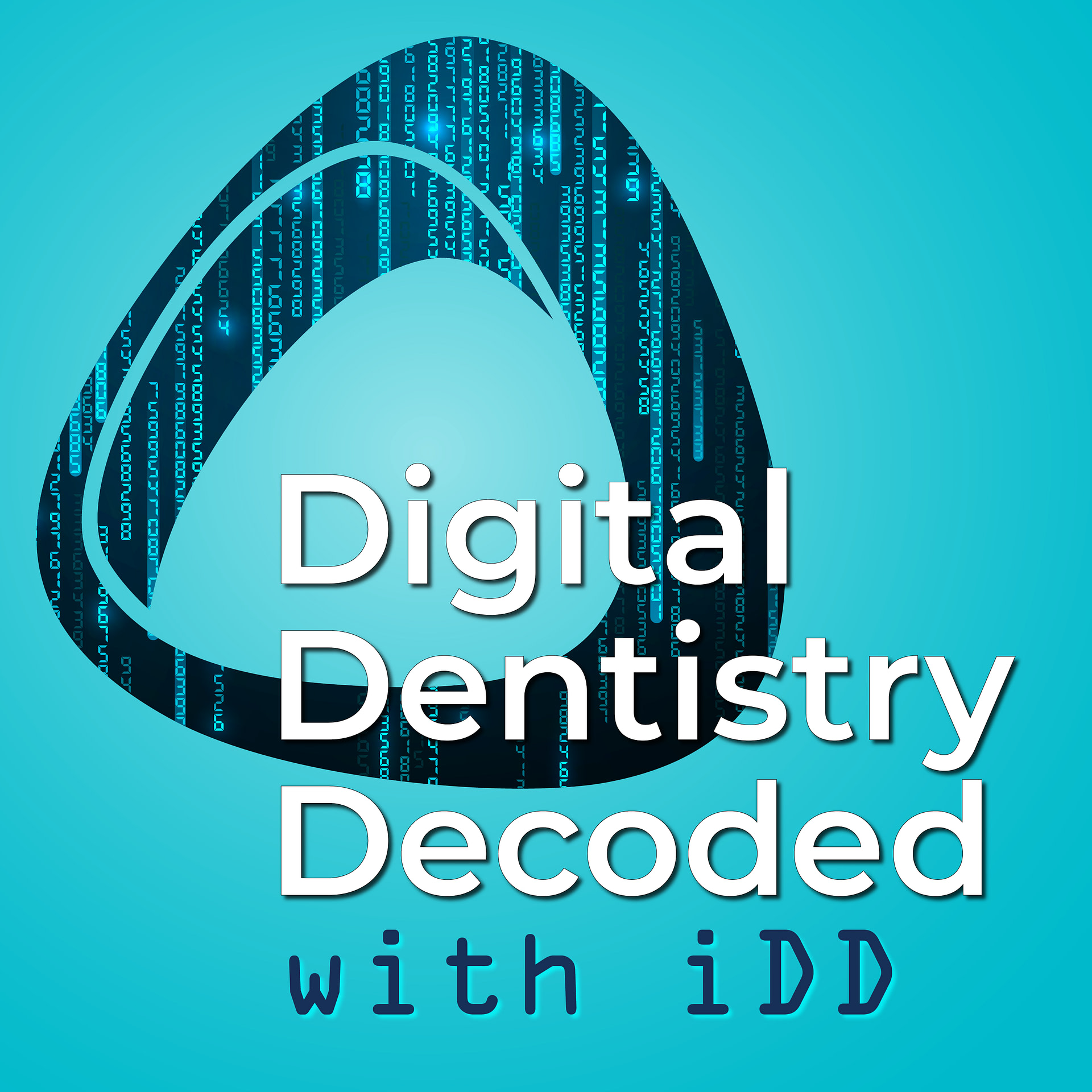At the Institute of Digital Dentistry (iDD), we're committed to keeping dental professionals at the forefront of technological advancements. Our Digital Dentistry Decoded podcast series has been exploring the cutting-edge developments shaping our field.
In our first episode, we delved into Dentsply Sirona's innovative DS Core platform with Max Milz, uncovering how cloud-based solutions are streamlining workflows and enhancing connectivity in dental practices.
Building on that foundation, our second episode featured Rune Fisker, VP of Product Strategy at 3Shape, discussing 3D scanning and AI-powered design. This conversation provided fascinating insights into digital dentistry's current state and future direction.
Let's dive into the key takeaways from our chat with Rune and explore what they mean for dental professionals worldwide. Have a listen to the podcast below or keep scrolling to read the rest of the blog.
The Current Landscape of Digital Adoption
Digital tools have made significant inroads in dentistry, but adoption rates vary widely across different industry segments. Rune provided some eye-opening statistics:
"We see penetration getting as high as 50% on the IOS in selected markets," he noted. "But if you look into the lab, we are on 80-90% penetration on the more mature markets in terms of having scanners and CAD."
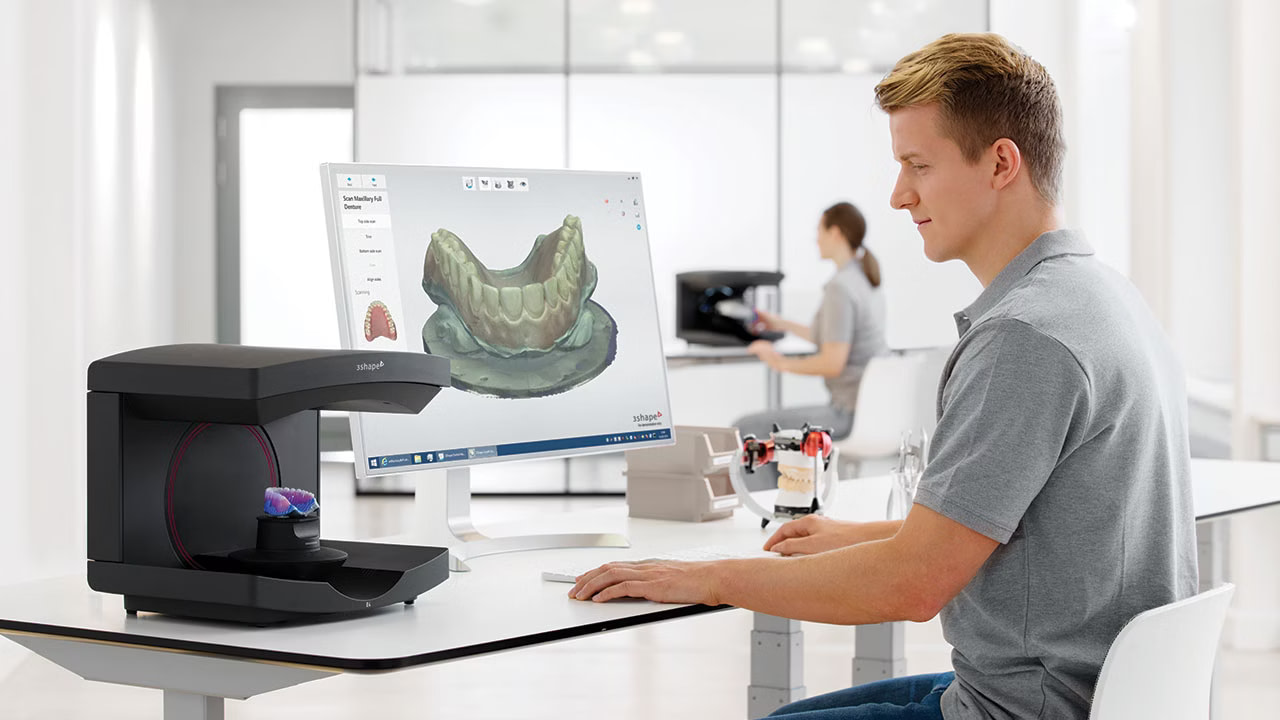
This disparity highlights both the progress made and the ongoing opportunity to bring more dental practices into the digital workflow. As more dentists adopt intraoral scanners, it's creating a ripple effect throughout the industry:
"There's gonna be a need for that physical model somewhere and the only way to get that is through 3D printing," Rune explained.
The AI Revolution in Dentistry
Perhaps the most exciting frontier in digital dentistry is the integration of artificial intelligence. 3Shape has been at the forefront of this trend, working on AI applications for over 7 years. Rune emphasized their focus on "productive AI" - tools that can automate tasks and enhance clinical decision-making.
"AI can speed up and accelerate the process and procedures in digital dentistry," Rune explained. He envisions AI assistants that can help with everything from treatment planning to prosthetic design.
One concrete example is 3Shape's AI-powered Automate software for crown design. Rune shared some promising early results:
"We have a study coming out, which have not been published yet, where there's a university in Brazil that's compared Automate to manual designs. And all on blind compared as a blind comparison. And there Automate wins."

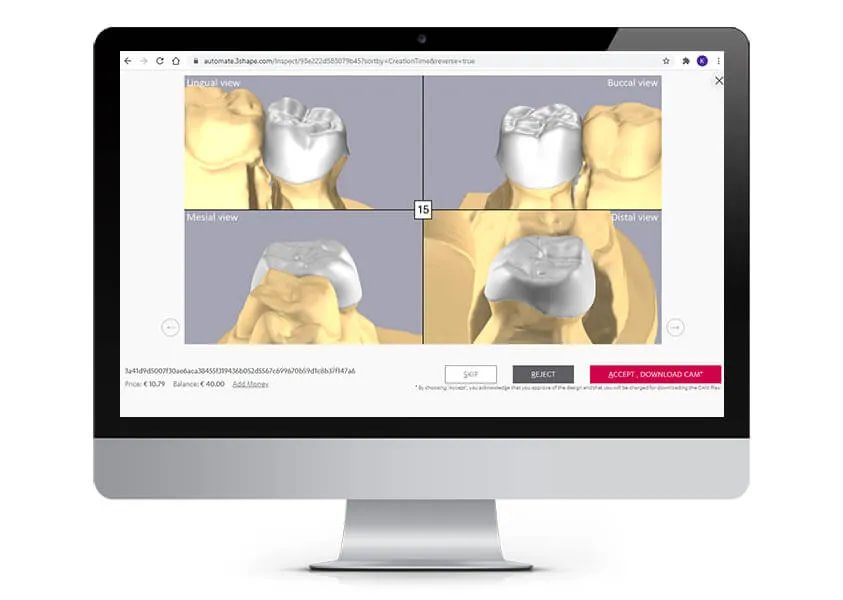
This suggests that AI-assisted design tools may soon be able to match or even exceed the quality of human designers, at least for certain applications.
The Future of Digital Workflows
Looking ahead, Rune sees digital tools becoming even more integrated and user-friendly. 3Shape is moving more of its software capabilities to the cloud, enabling new possibilities for collaboration and remote workflows.

3Shape apps.
"You can do the quick smile design, 3D. You can export open projects. You can import in inLab, in exocad, in 3Shape. You can design your veneers, you can mill, you can do everything you want," Rune explained, describing their vision for a seamlessly connected digital ecosystem.
This level of integration could dramatically streamline workflows, allowing dentists to move effortlessly between different tools and stages of treatment planning.
Overcoming Barriers to Adoption
Despite the clear benefits of digital tools, many dentists still hesitate to adopt them. Rune acknowledged this challenge but emphasized the long-term advantages:
"Digital is a mirror of analog workflows. It continues actually the great work, the great workflows that were done analog but digital, and as soon as everybody is gonna just try digital, is gonna realize we can optimize so much our time, which is the most valuable asset that we have in our life, time."
He also highlighted the learning curve as a key benefit of digital workflows:
"This learning process is so powerful, and it's only possible with digital. Increasing the expertise for your team increases automatically. The productivity, the time, the quality of the treatment plans, patient's care at the end."
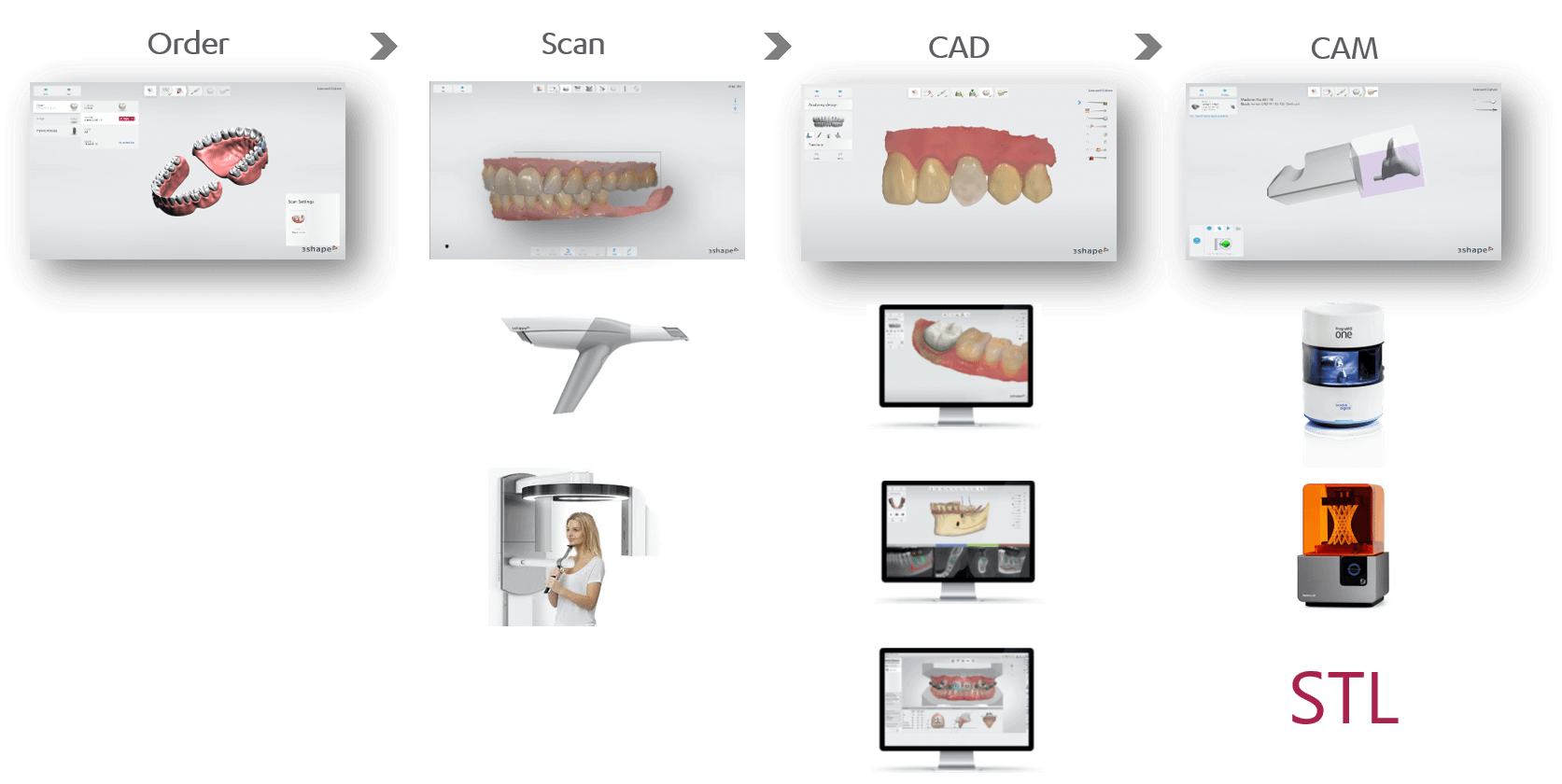
3Shape's digital workflow
Advice for Dental Professionals
For dentists looking to expand their digital capabilities, Rune emphasized the importance of starting small and focusing on applications that deliver clear value. Whether it's intraoral scanning, 3D printing, or AI-assisted design, the key is to find tools that enhance your existing workflows and improve patient care.
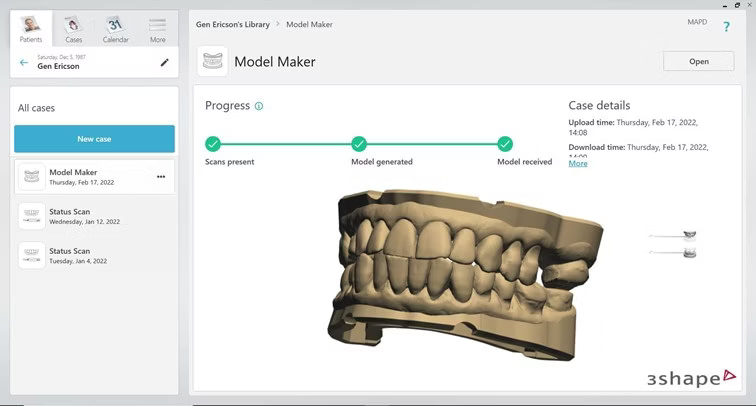
3Shape Model Maker
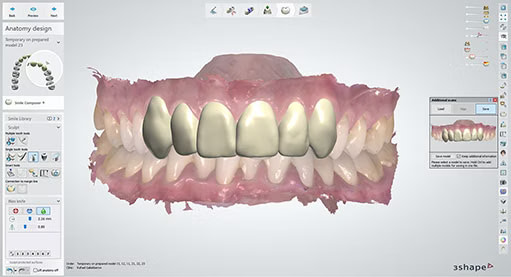
3Shape TRIOS Design studio
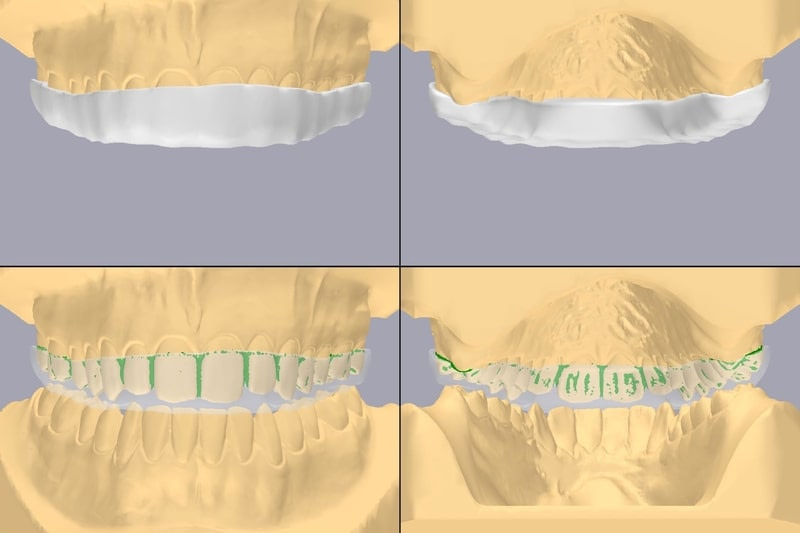
3Shape Automate
He also stressed the importance of embracing change: "We will go, if we want or not, more and more digital, more and more digital. And you know, it is a beautiful way to have an iPhone and to open a project to see all the data, all the layers, everything on the phone, and send it, with one click, the full project to your surgeon and say, what do you think?"
Conclusion
The digital transformation of dentistry is well underway, and the pace of innovation shows no signs of slowing. New technologies are reshaping every aspect of dental practice, from AI-powered design tools to cloud-based collaboration platforms.
By staying informed and strategically adopting new technologies, dental practices can position themselves to thrive in this rapidly evolving landscape. The future of dentistry is digital, and it's full of exciting possibilities for improving patient care, streamlining workflows, and enhancing clinical outcomes.
What are your thoughts on the future of digital dentistry?
Have you incorporated AI or cloud-based tools into your workflow yet? What challenges or opportunities do you see on the horizon?
Let us know in the comments!

